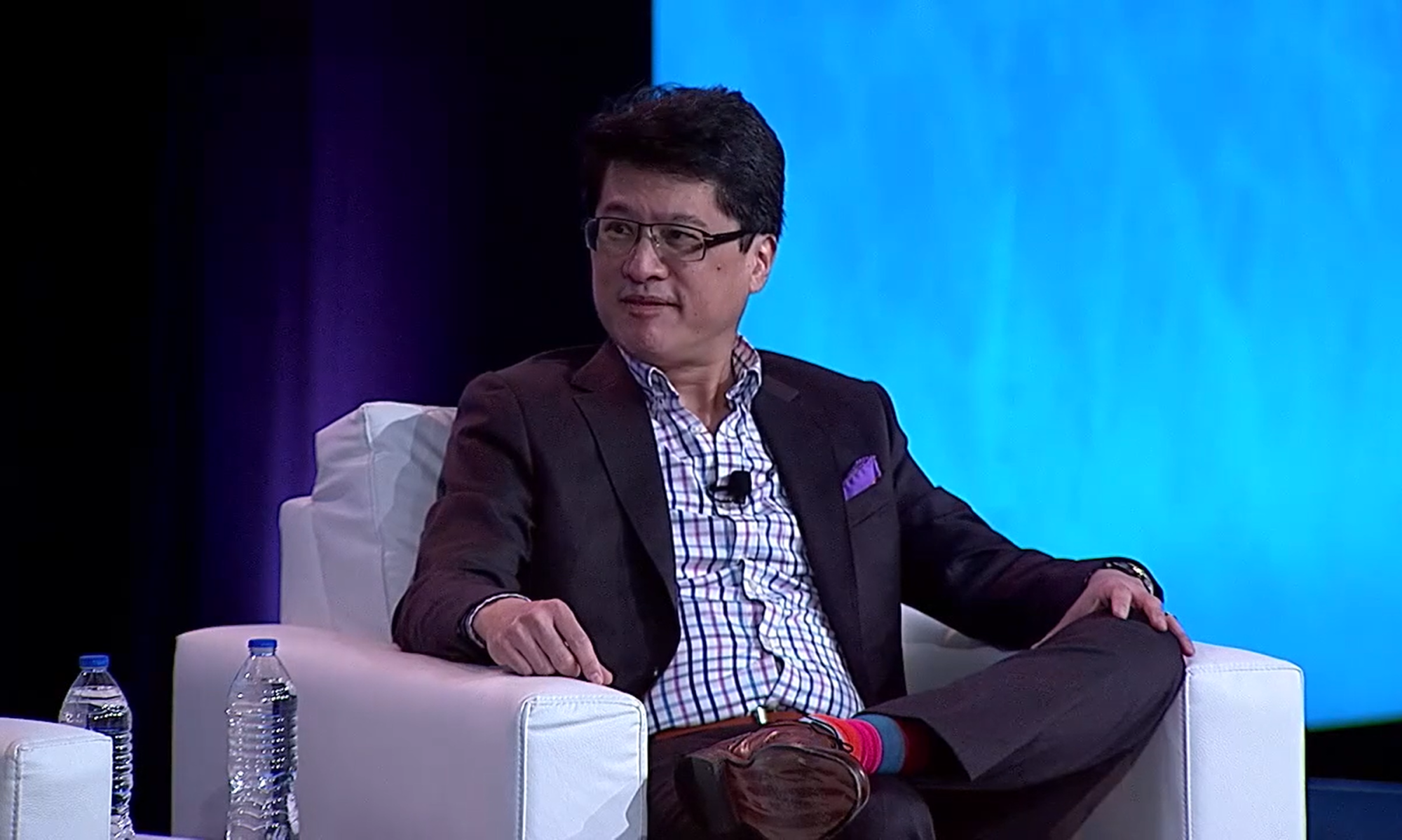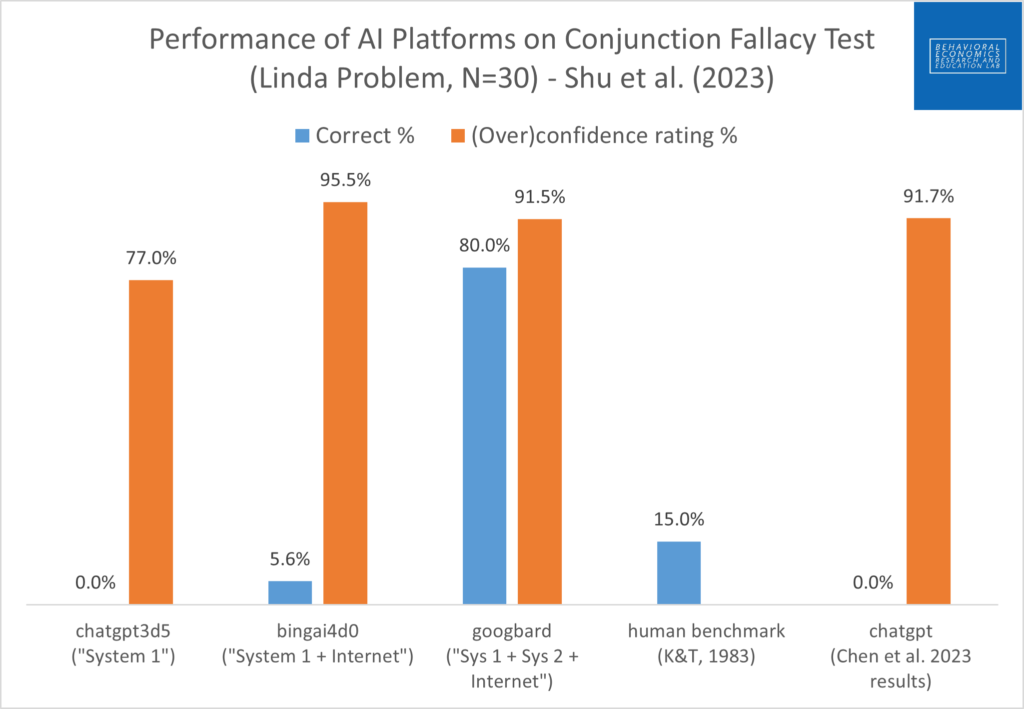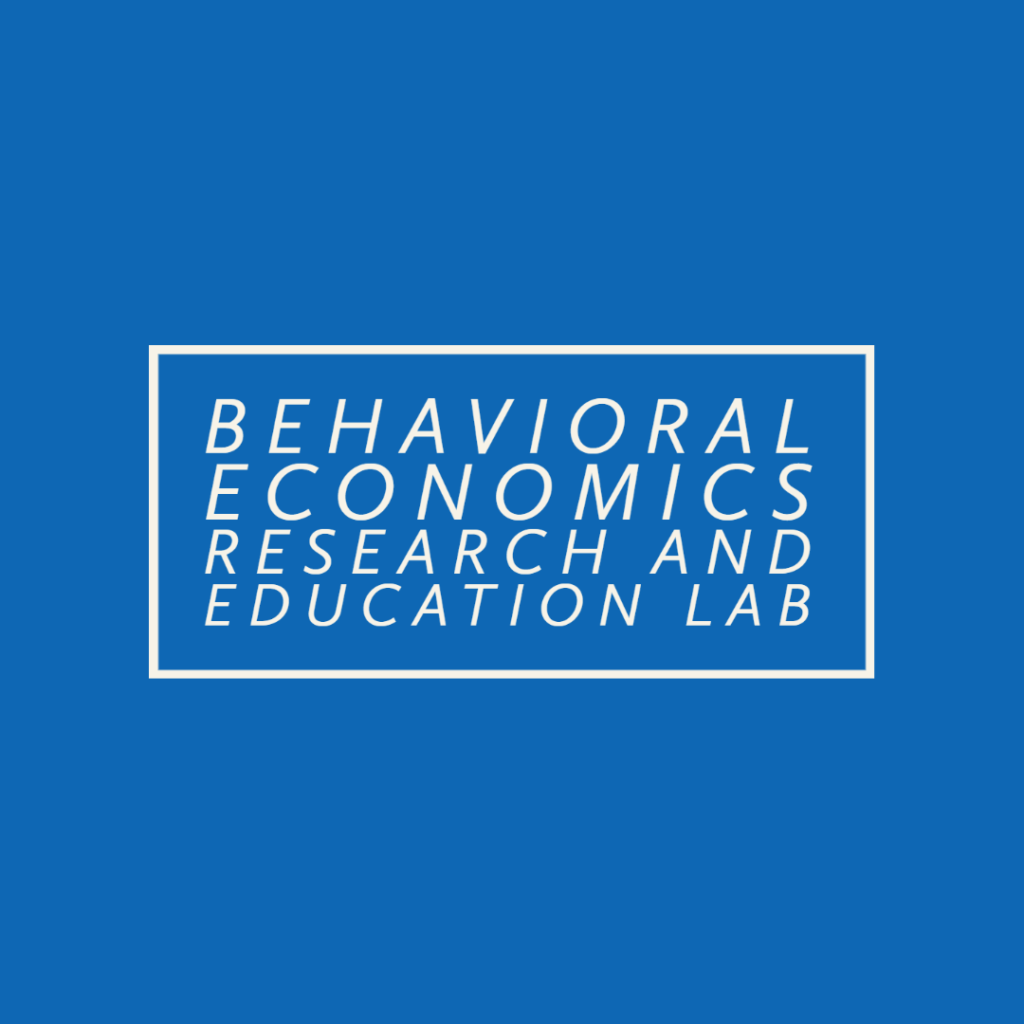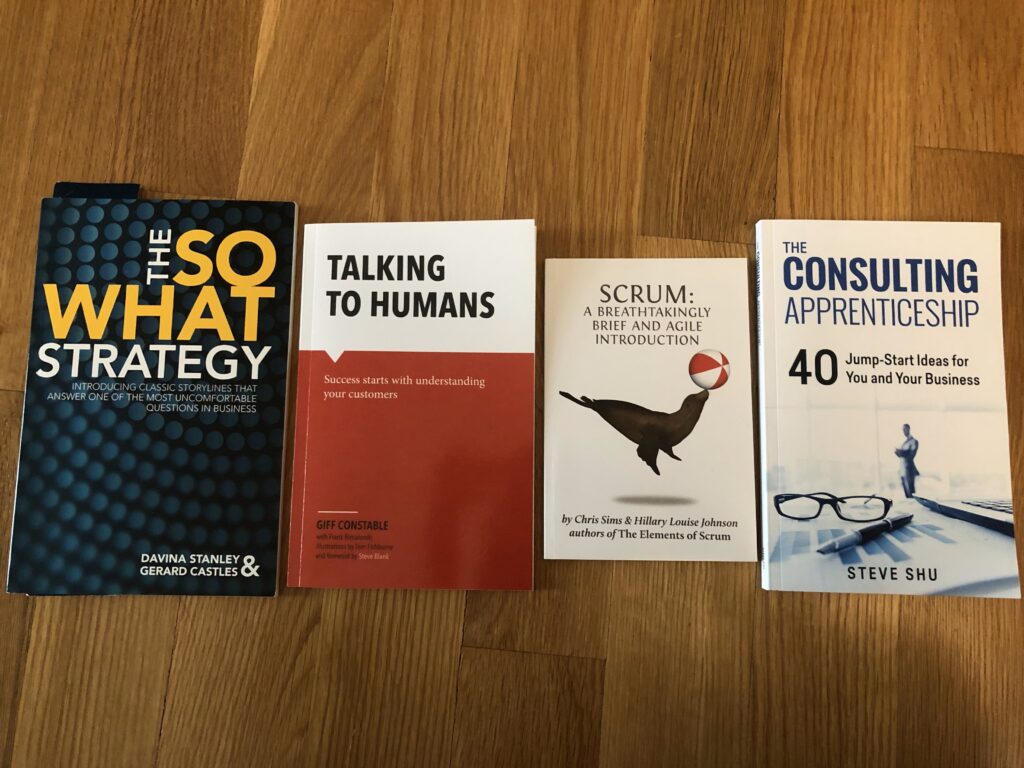I’m excited to be part of The Behavioral Way Summit II Madrid!
The second edition of the most important Behavioral Science event in Spain and Latin America will take place on 14th and 15th November. It promises to be an unforgettable experience!
Given my heavy involvement in industry and the application of behavioral economics, I’ll focus on some key things companies should consider as they either start or look to implement the next phase of behavioral initiatives. What have we learned in the past 15 years in the commercial space about taking science to the field? What are some business mindsets that worked when the field was younger but are no longer appropriate? What are some mindsets from business management that need to be added to make applied behavioral science even more effective?





